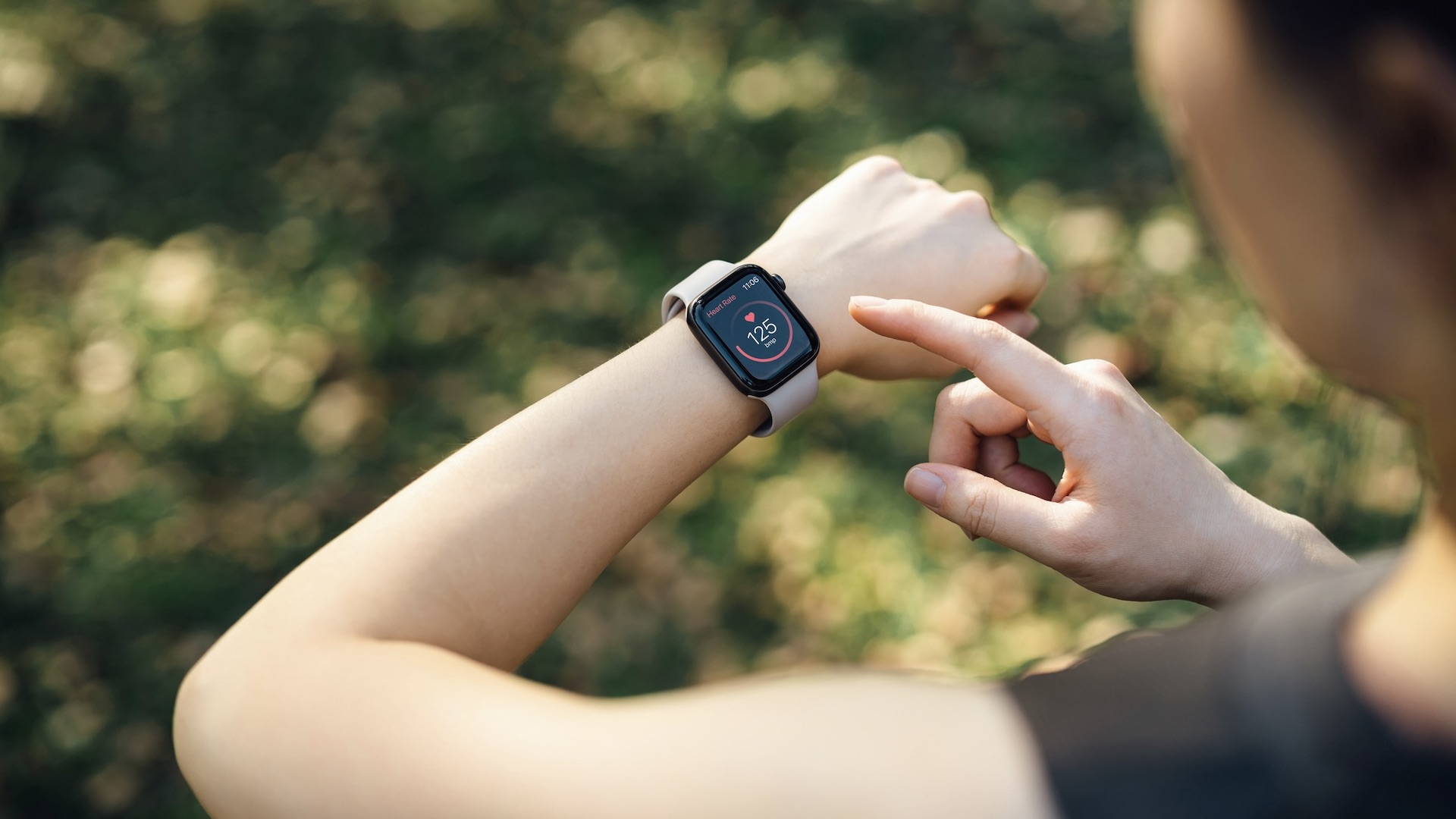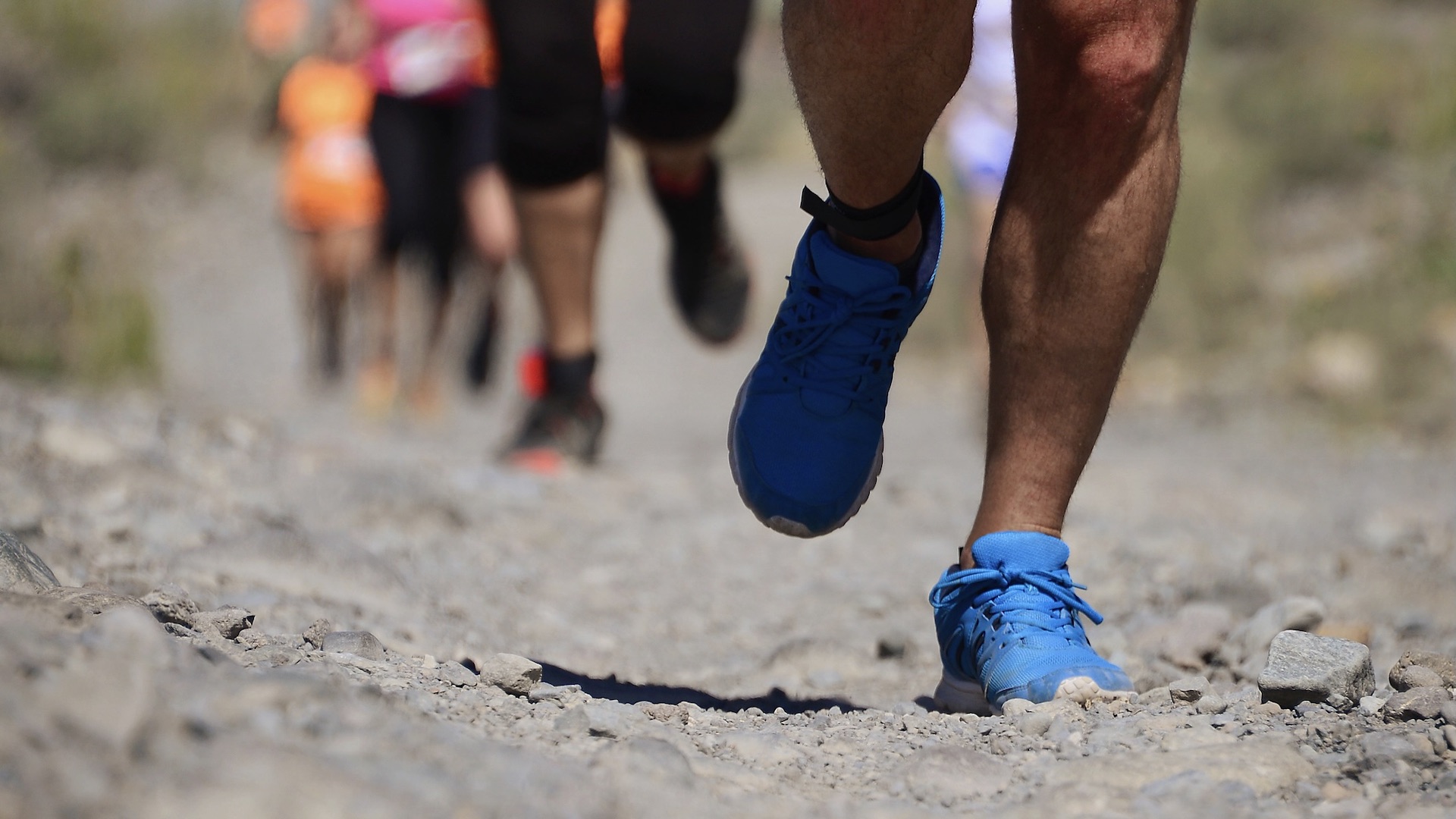
Jeffing might sound like a combination of 'jogging' and 'effing', but while many runners will have no doubt found themselves cursing with the odd 'eff' word at times, Jeffing has a very different origin.
Jeffing is a term that has come about thanks to American runner Jeff Galloway, who is an Olympian and the author of Galloway's Book on Running. Galloway is a big believer in the benefits of a run-walk coaching technique, so Jeffing is an activity that mixes running and walking in one workout.
Jeffing can improve performance for both newcomers and seasoned runners and is especially useful for longer events, such as ultras.
The background of Jeffing
A couple of years after competing in the 1972 Munich Olympics, Galloway started teaching new runners how to get started with running. His aim was to show them how to build up their pace and performance but without getting injured.
It's well known that many running injuries come from going too fast, too soon, or running too far, too soon.
Galloway tried various different walk-run ratios by considering the results of hundreds of thousands of runners. His results showed that marathon runners who used Jeffing reduced their times by an average of 13 minutes, while half marathon runners shaved seven minutes from their times on average.

What’s so good about Jeffing?
Jeffing has similar attributes to fartlek training, where you complete a mix of faster or more intensely paced periods of running and then recover with easier running or walking. The aim of fartleks is to improve your anaerobic fitness, rather than aerobic fitness.
Jeffing, however, has the goal of improving aerobic endurance. The way it works is that you run intervals and then walk intervals to help your body to recover in between the running. You do this while training, and during races.
Jeffing isn't so much about pushing the running pace harder or faster, but it can give you better overall times for longer events.
Why does Jeffing work?
Walking is a low intensity activity, especially compared to running, and this means it can be done for longer without the same level of fatigue. When training for longer endurance-style events, it’s recommended that runners do more than 50% – and up to 80% – of their training as low intensity, but running at very low intensity can be difficult for some people to stick to. Walking makes this pacing easier.
Walking is also a good way to build aerobic fitness. It allows your body to gradually endure distances. Walking is also lower impact than running, which means there is less load on your muscles and joints, thereby making you less prone to injury.
Including walking into your training plan for longer distance events allows your body to adapt and will hopefully mean you do not become injured in the process. It's why some people say that ultra events are more like walking than running. Many people find they can complete much longer distances by walking for periods, rather than trying to run non-stop at a slower overall speed.

Who is Jeffing for?
While Jeffing can be a very useful training tool for people who are new to running, who may choose to follow a couch to 5k Jeffing plan, it has also proved a useful way for more experienced runners to achieve faster times.
In fact, a 2016 study that looked at the benefits of running and walking for training found that Jeffing can achieve the same marathon time as continuous running. The research focused on men and women who finished a marathon between in a time between 4:00 and 4:30. The study found the run-walkers finished in times between 4:14 and 4:34, while the runners crossed the finish line in times of between 4:07 and 4:34.
How to start Jeffing
If you are a beginner runner, try Jeffing as a 20- to 30-minute session a few times a week. Use either time or distance for Jeffing. These are examples of Jeffing sessions if you are new to the activity:
- Run 2 minutes, then walk 30 seconds, repeat
- Run 1km, then walk 1 minute, repeat
- Run 4 minutes, then walk 1 minute, repeat
- Run 400m, then walk 100m, repeat
If you're new to running, you should start with a 20-minute total session and then build up by no more than 10% each week. You can set the intervals on a running watch so it alerts you automatically when it's time to switch between running and walking.
If you're a more experienced runner and keen to build up your overall distances, Jeffing can be a useful form of training. You could follow the same method as for beginners but run for longer with each interval. You could set yourself distances or times to run for and then have a break and walk in between.
Your walking should be brisk walking, so you are still building strength and endurance.

Jeffing for ultra runners
Another way to incorporate Jeffing into your running is to tie it in with the landscape, walking the uphills, and running the flats and the downhills. This is how many ultra runners complete longer distances.
If you do this, you will probably notice that when you're walking uphill, you aren't moving that much slower than other people who are running. By walking the uphills, the theory is that it takes less effort than running and you won't expend so much energy so your overall stamina will be better.
Galloway himself recommends that you should walk for no more than 30 seconds at a time, especially if you are keen to improve your overall race times. However it’s possible to combine some of the 30 seconds of walking into longer intervals of two or three minutes.
Remember, though, that if you are aiming for a faster time overall, you will want your walk intervals to be shorter, rather than too long.
Jeffing is likely to work better for people who take on longer races, especially ultras, because while running is faster for shorter distances, once you face the impact of endurance events, both physically and mentally, it’d useful to be able to walk for sections.
Make sure you walk early on
The aim of Jeffing is to include walking in your session or race right from the start. You should not wait until you are fatigued by running and then start to walk.
The benefits of walking earlier is that you should reduce the overall impact of the full distance of a session of a race ans therefore you will be able to keep going for longer.
Other reasons why Jeffing good for runners
Jeffing is a useful way for runners, especially people who are new too running, to build fitness, stamina and strength without putting too much strain on the body.
If you walk and run, you can also cover longer distances than you might normally be able to by running alone. Every time you walk, you allow your heart rate, and reduce the impact on your muscles and joints.
Put simply, Jeffing is a way to balance the load of the impact of covering a distance by using a wider variety of running muscles.
Many people who Jeff also find that their body and muscles recover better after a session or a race because the walking breaks reduce the overall fatigue and impact on their body.
- The best running jackets: lightweight windbreakers tested and rated







